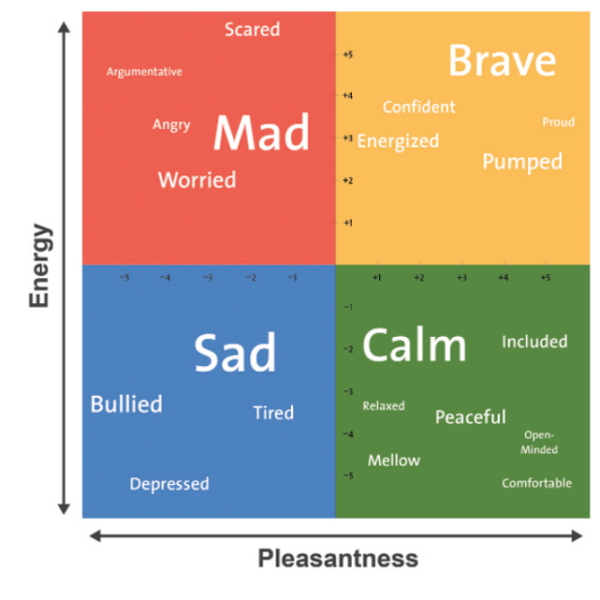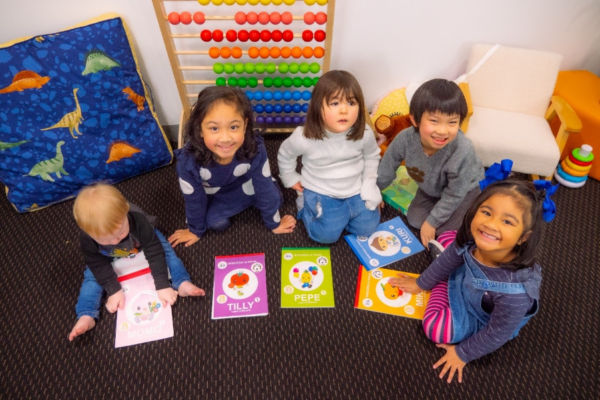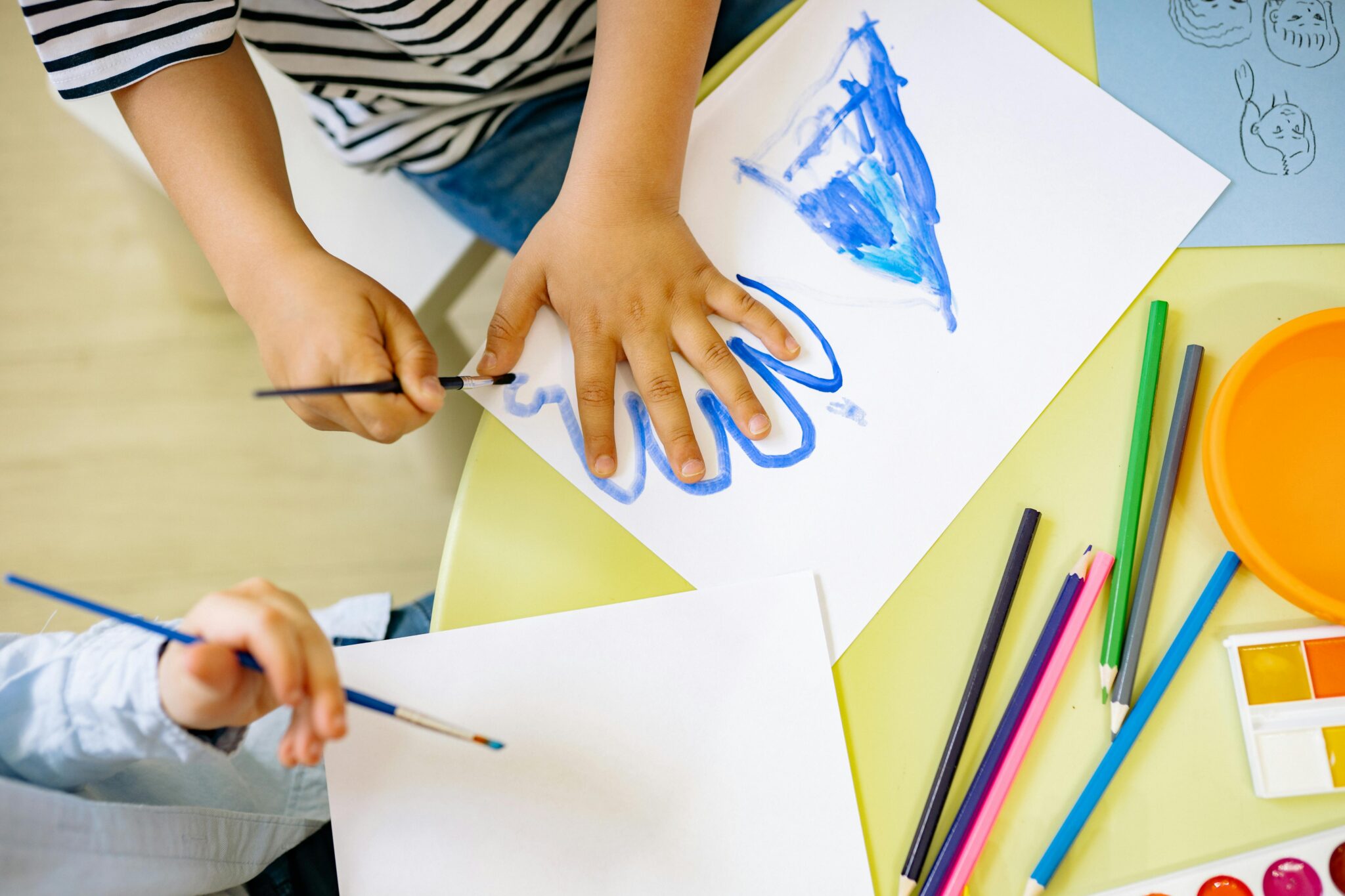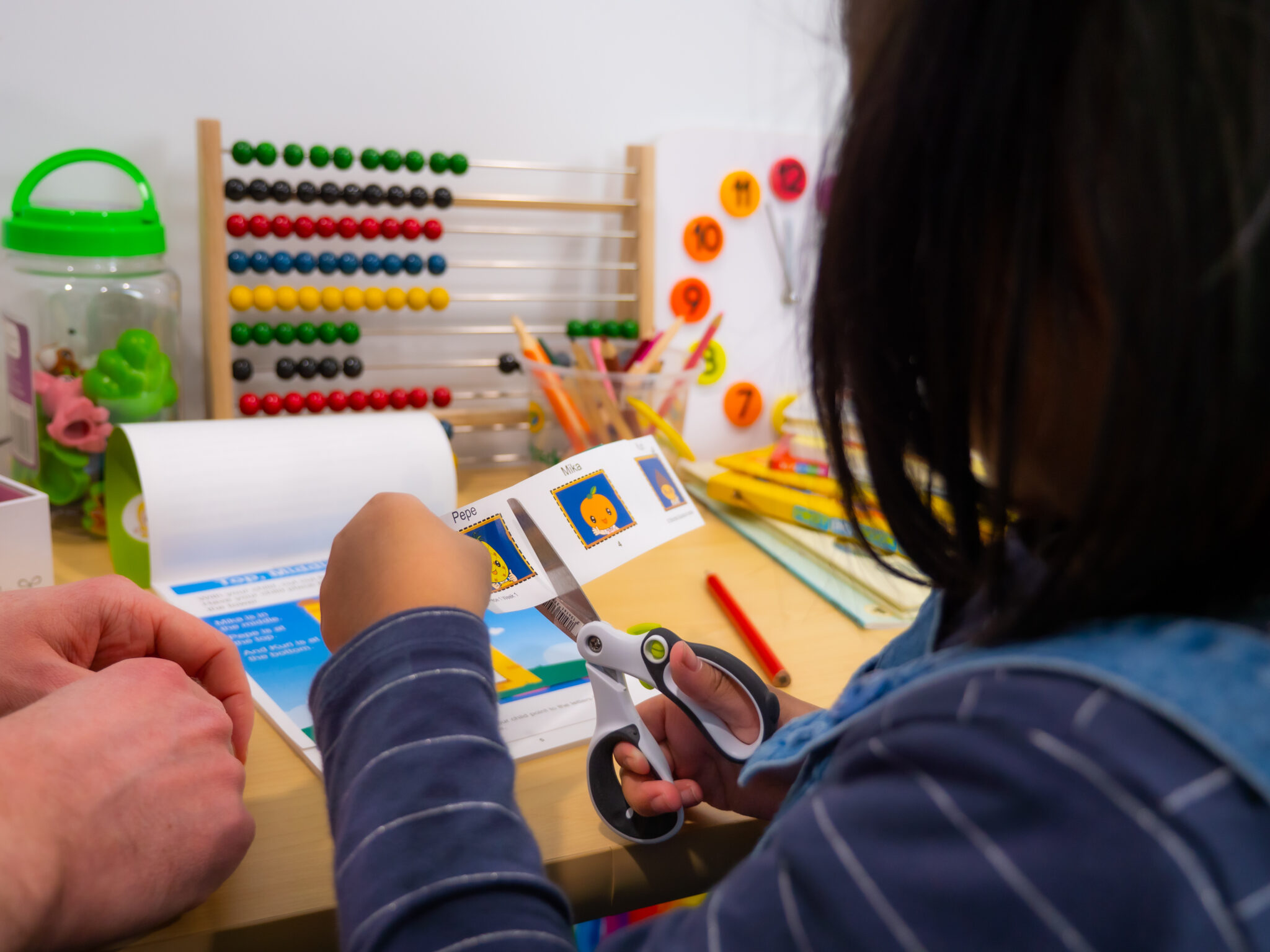Discovering the full potential of the human mind has been a long-standing pursuit for centuries. Though Intelligence Quotient (IQ) tests have been used as a measure of intelligence in modern times, they only scratch the surface of what the human mind is capable of. IQ tests often don’t reflect the complete range of abilities one has to offer nor do they guarantee success in life. Hence, researchers have broadened the definition of intelligence to encompass a more extensive array of skills today.
Intelligence Quotient vs Emotional Intelligence
IQ is a measure of your child’s intellectual capacity, and there are several key factors that determine it. From logical thinking and strategic planning to abstract comprehension and language proficiency, your child’s IQ reveals a lot about your cognitive abilities.
Your child’s emotional intelligence (otherwise known as EI or EQ) is their ability to recognize emotions in themselves and others, and use that awareness to guide their behavior. Having a high EI can help your child identify emotions, empathize with others, control their impulses, and communicate effectively.
By helping your child develop their EQ, you will be helping them be more able to adapt to different situations, withstand temptations, and resolve conflicts with others.
In this way, both IQ and EI are important factors in your child’s educational journey.
The five pillars of Emotional Intelligence
Emotional Intelligence has been a powerful concept for decades, thanks to the ground-breaking 1995 book by psychologist Daniel Goleman. According to Goleman, EI is composed of five fundamental parts:
Self-awarenes
The ability to recognize our emotions and understanding how they impact those around us.
Self-regulation
With the ability to regulate emotions, individuals empower themselves to think before acting impulsively. This approach leads to better decision-making by carefully considering the possible outcomes before taking action.
Social skills
Mastering the art of relationship management requires understanding which behaviors elicit positive responses from others.
Motivation
Overcoming negative emotions to successfully accomplish goals despite distractions.
Empathy
The ability to understand how others feel by putting oneself in the others’ shoes.
How Emotional Intelligence affects learning
Did you know that emotional intelligence can make a huge difference in your child’s life, both now and in the future? Studies show that children with high emotional intelligence excel academically, enjoy better relationships, and are more empathetic towards others. They also tend to be more focused, engaged, and well-behaved in school. Plus, their emotional intelligence skills can lead to higher grades and fewer behavior problems.
The benefits don’t stop there – adults with strong emotional intelligence also experience better relationships, job satisfaction, and lower stress levels. Whether you’re a parent or a professional, improving your emotional intelligence can have a powerful impact on your life.
Case study – Daniel with a high EQ
Consider the scenario where a theoretical child, let’s call him Daniel, struggles with a math homework problem. Firstly, he recognizes his frustration. Next, he thinks about the possible outcomes of lashing out in anger. Realizing that it wouldn’t be helpful, he decides to explain his feelings instead. Despite his frustration, he chooses to try again and asks his mom for help. Although she pushes him too hard, he understands it’s because she cares. Daniel then requests to work at a slower pace and tries to solve the problem independently. Finally, he waits until after class the next day to share his struggles with his teacher.
With a well-developed EI, Daniel is able to tackle challenges head-on and find success despite his learning and thinking differences.
Daniel with a low EQ
Consider the same scenario, but Daniel has not been able to develop his Emotional Intelligence.
Daniel becomes frustrated while working on the difficult homework and throws his pencil down. When his mom tries to help, he yells at her. He storms out of the room and gives up. The next day, he tells a classmate the homework was stupid and when the teacher asks him to turn in his homework, he says that he didn’t do it but chooses not to admit that it was because it was too difficult.
We can see from this one case study the impact that each pillar of EQ has on a child’s outcome in the context of academics.
Potential barriers to EI
It is not uncommon for children to have trouble developing their EI. This is particularly truly in children with learning and thinking differences. While some may have high EI, trouble with it can also be an early sign of a potential issue. For example, children with ADHD might miss important social cues due to lack of attention, and those with auditory processing disorders may misinterpret what others say. Meanwhile, children with nonverbal learning disabilities may struggle to pick up on social cues altogether. Interestingly, some individuals with dyslexia show impressive EI due to their brain’s natural inclination for big-picture thinking.
How to help your child
The good news is your child’s emotional intelligence (EI) is not set in stone. With the right support and regular practice, even children with learning and thinking differences can improve. While it may take some extra time, your child can develop the skills needed to understand and manage their emotions effectively.
Try the following techniques to ensure you are supporting your child’s emotional growth:
Talk about challenges
Get your kids to open up about their struggles by asking them how they feel. Use specific emotion names like sad, angry, and overwhelmed. Then, ask them why they feel that way. This will help you better understand their perspective.
Help others
Teaching kids empathy can be as simple as involving them in caring for those in need. Consider volunteering together or bringing them along on a grocery trip to assist a sick neighbor. It’s a wonderful opportunity to build empathy while making a positive impact in the community.
Work on strategies
Encourage creative thinking in children by exploring alternative approaches that could lead to different results. Developing emotional intelligence is crucial in the process of problem-solving.
Explore support programs
Luckily, many school districts now offer social and emotional learning (SEL) programs to help kids build their EI. These programs aim to teach children how to identify their emotions and respond to them in healthy ways. Give your child the advantage they deserve by exploring SEL opportunities in your area.
Read with your child
Many children’s books offer life lessons, where characters experience a range of emotions in a context that is relatable to children. Reading these books aloud with your child can develop their empathy while helping them learn vocabulary that will allow them to express how they themselves are feeling in certain situations.
Model positive behavior
Demonstrate positive behavior by expressing your feelings, listening to others, and resolving conflicts calmly. Show them how it’s done, and they’ll follow suit. Furthermore, make sure to have heart-to-heart conversations that encourage them to express themselves in a healthy way. Empathize and understand your child, and you’ll be amazed at how much your efforts can contribute to their emotional development.
Avoid negative labels
Avoid negative labels as they can be emotionally harmful and hinder their progress. Instead, focus on their actions and empower them to express themselves better. Show them how to understand their emotions and teach them healthy ways to control them. Avoid labeling them as “lazy” or “stupid” and watch them thrive in a shame-free environment.
Introduce a mood metre
A mood metre can be helpful in allowing your young child to accurately and specifically express how they are feeling.
For children ages 3 to 8 the mood meter is most effective when using a simplified color-only version. To begin, we explain each color with a single word: red for angry, blue for sad, green for calm, and yellow for happy. As children become familiar with the mood meter, they acquire more feeling words and eventually learn to use numeric ranges to express their degree of pleasantness and energy.
This tool teaches children that all feelings are valid, and although some may be more desirable than others, it’s okay to experience them all. With the mood meter, children can learn to use their emotions to respond in positive ways, even in difficult situations.

Praise effort and progress
Boost your child’s emotional intelligence by acknowledging and celebrating their effort and progress. Recognize their hard work and watch them become determined to achieve more. Appreciating their progress and growth instead of just the end result also helps them develop greater confidence in themselves and a growth mindset. Keep your child focused on their personal growth and success by praising their progress, not just their accomplishments.
Listen and show empathy
Actively engage with your child by paying attention to their thoughts and feelings, and responding thoughtfully. Empathize with your child’s emotions without judgment to ensure they feel heard and understood. Remember that every child expresses themselves differently, so encourage openness and honesty about their feelings. Showing empathy does not mean agreeing with their viewpoint, but rather, making sure they know they are valued and supported.
References
Brocato, Claire, et al. “EQ vs IQ: How They Differ, Which Is More Important?” Healthline, 25 Jan. 2021, www.healthline.com/health/eq-vs-iq#bottom-line.
NAEYC. “Teaching Emotional Intelligence in Early Childhood | NAEYC.” Naeyc.org, 2017, www.naeyc.org/resources/pubs/yc/mar2017/teaching-emotional-intelligence.
Rosen, Peg. “Emotional Intelligence in Children | LD, ADHD and Emotional Skills.” Www.understood.org, www.understood.org/en/articles/the-importance-of-emotional-intelligence-for-kids-with-learning-and-thinking-differences.
thoshutta. “How You Can Help Your Child Develop Emotional Intelligence.” Standrewsdusit, 13 Jan. 2023, www.standrewsdusit.com/how-you-can-help-your-child-develop-emotional-intelligence/.
Ulutaş, İlkay, et al. Strategies to Develop Emotional Intelligence in Early Childhood. Www.intechopen.com, IntechOpen, 15 June 2021, www.intechopen.com/chapters/76892.







